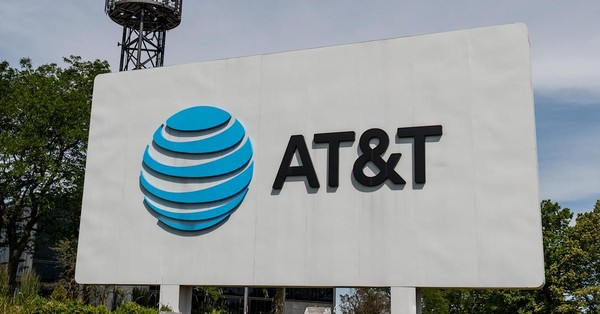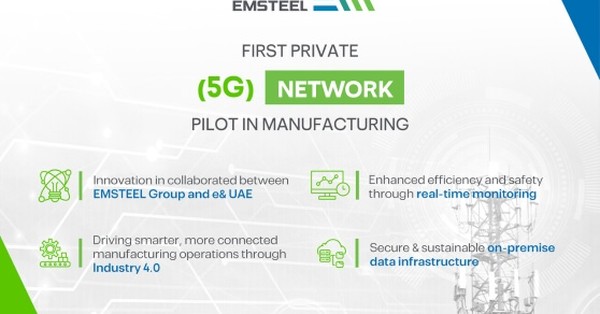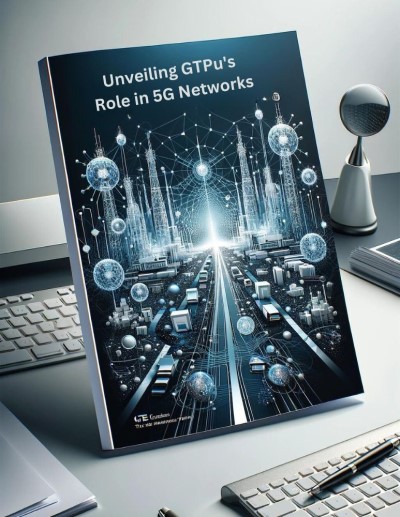- Tech News & Insight
- December 7, 2025
- Hema Kadia
Switzerland’s SBB has deployed an Ericsson IMS/VoLTE platform that interworks with legacy GSM-R, delivering Europe’s first live bridge between public 4G voice and mission-critical railway communications. Ericsson and SBB completed a nationwide IMS/VoLTE integration that extends reliable voice communications across Switzerland’s 3,100 km rail network and removes dependency on public





























